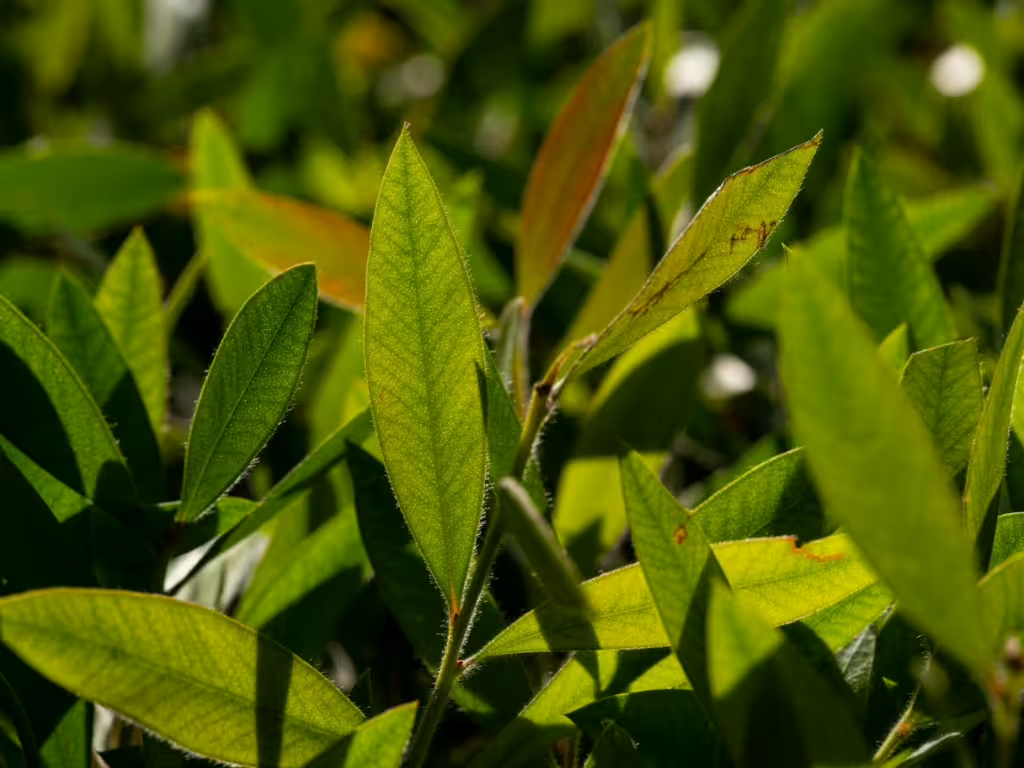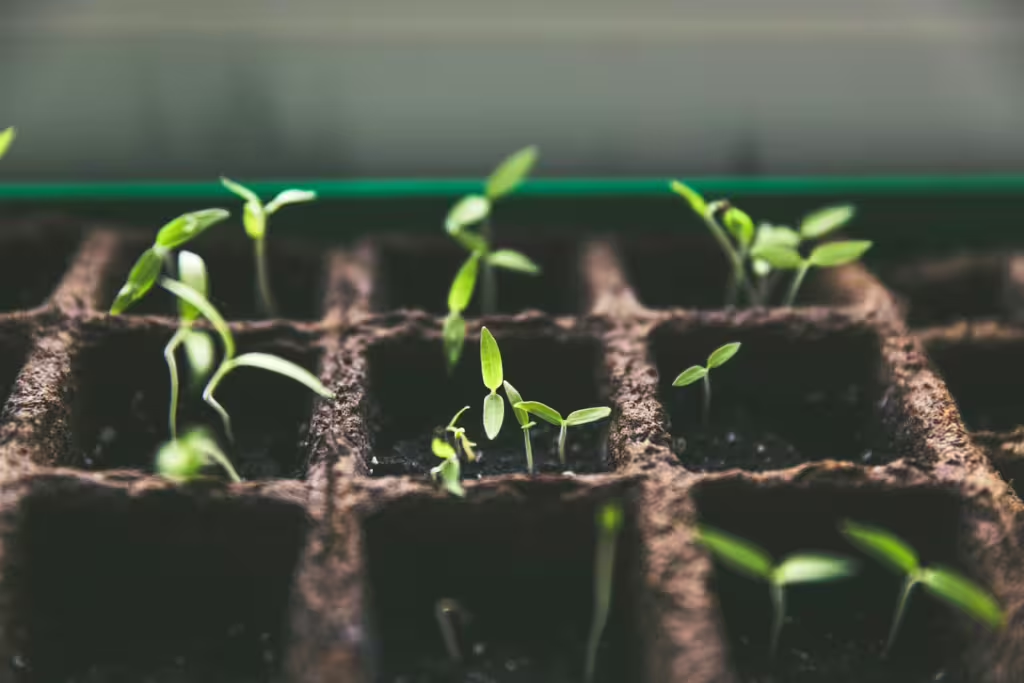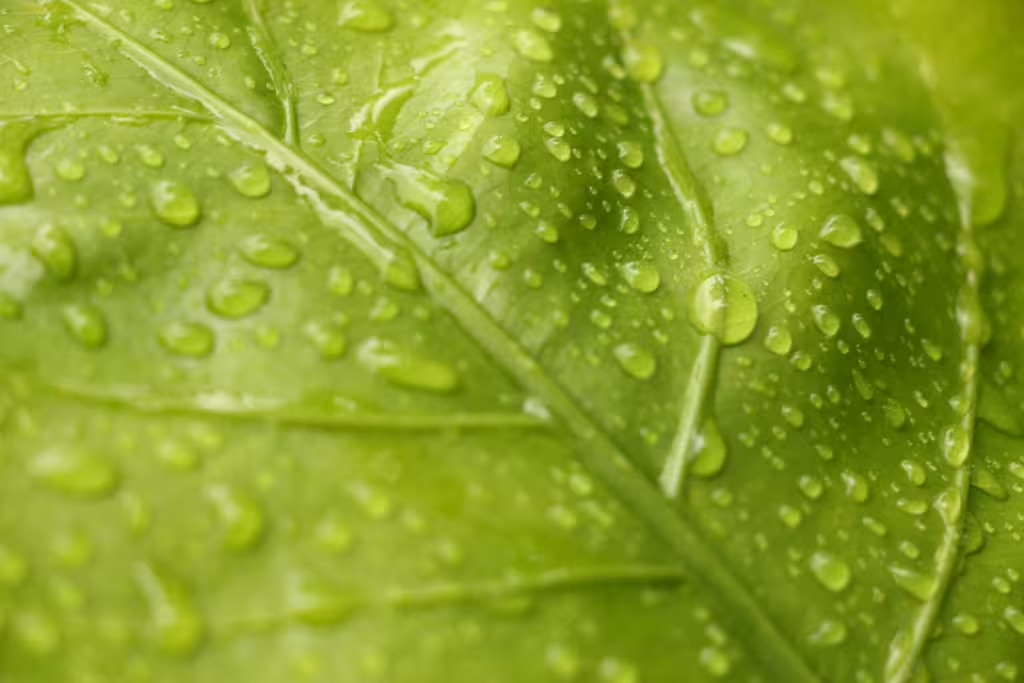Plants come in all shapes, sizes, and colors. They can be found on the highest and most remote peaks, growing in vast carpets across huge swaths of open plains, or fitting together, entwined within each other to create dense rainforests, teeming with life. There are as many varieties of plants as there are grains of sand in an hourglass, more, probably. And yet, when it comes to plants, there is one thing that all of them share; photosynthesis, or the ability to convert sunlight into energy.
Even plants that live in the most inhospitable places on the planet find ways to do this, though they are not always the direct result of photosynthesis. Nevertheless, photosynthesis itself remains one of nature’s most remarkable processes. In many ways, this process forms the very foundation of life on Earth. Without it, the food web, atmospheric oxygen, and global ecosystems would simply cease to exist.
In this article, we will explore the science behind photosynthesis. We will discuss its significance in the great circle of life, and delve into its far-reaching effects on our planet. Before we’re through, we will talk about the many varieties of plants that have adapted their way around the need for photosynthesis so that they can survive with only the barest hints of sunlight.
The Basics of Photosynthesis
Thanks to the lessons we learn in grammar school and even before, in some cases, people assume that photosynthesis means plants absorbing sunlight in order to create energy. But it is a bit more complicated than that. In fact, true photosynthesis involves the conversion of light energy, carbon dioxide, and water. Thus photosynthesis is the process by which plants, algae, and even some bacteria convert those three aforementioned elements into glucose (a sugar) and oxygen. In essence, this mixture and its resultant components are what plants “feed” on. This incredible chemical reaction occurs primarily in chloroplasts within plant cells. Chloroplasts are specialized structures that contain chlorophyll, the green pigment that captures sunlight and gives most plants their distinctive verdant hue.
The basic formula, or equation for photosynthesis is:
6CO2+6H2O+light energy ⟶ C6H12O6+6O26CO_2 + 6H_2O + light \ energy \ \longrightarrow \ C_6H_{12}O_6 + 6O_26CO2+6H2O+light energy ⟶ C6H12O6+6O2
As complex as this reaction might appear, it can easily be divided into two main stages:
The Light-Dependent Reactions
dependent reactions take place in the thylakoid membranes of the chloroplast within plant cells. In this reaction, the chlorophyll absorbs sunlight, exciting electrons and producing energy-rich molecules like ATP and NADPH. When this happens, water molecules are split, releasing oxygen as a byproduct, which is then released by the plant into the atmosphere.
The Calvin Cycle (Light-Independent Reactions)
Using the ATP and NADPH generated in the first stage reaction, the Calvin Cycle occurs in the stroma of the chloroplasts. It is here that the reaction captures carbon dioxide from the air (why plants “breathe” CO2, essentially) and synthesizes glucose, which plants use as an energy source in the moment or simply store for later use.
Why Photosynthesis Matters
Oxygen Production
Photosynthesis is as important to us as it is to plants. This unique process is the primary source of oxygen in Earth’s atmosphere. Neither humans, nor any other animal living on this planet can live without oxygen and plants and algae collectively produce approximately 70% of that oxygen. The thing is, oxygen doesn’t just support terrestrial and marine life, it also regulates atmospheric composition, enabling the climate to remain stable. This is why the increase in greenhouse gasses like carbon dioxide (CO₂) have contributed greatly to erratic weather caused by climate change.
Food Web Foundation
Photosynthesis is actually the starting point of most food chains on the planet. Plants are considered primary producers, which means they create the energy that feeds herbivores, which in turn feed carnivores and omnivores. Without the wonder that is photosynthesis, that precious flow of energy would cease and ecosystems all over the world would collapse.
Carbon Sequestration
As we have seen via the highly-complex formula above, plants absorb carbon dioxide through the process of photosynthesis. Carbon dioxide is a major greenhouse gas and one of the leading causes of climate change. When done correctly, by millions of plants, this essential process helps regulate Earth’s climate by reducing atmospheric CO₂ levels. Thus, forests, grasslands, and oceans act as massive carbon sinks, storing this carbon for decades or centuries. When these places disappear, either through deforestation, habitat destruction, pollution, or a hundred other human-derived causes, the process weakens and CO₂ is able to proliferate within the atmosphere in catastrophic amounts.

Plants as Powerhouses
Energy Storage in Glucose
Plants create glucose when they undergo photosynthesis. This type of sugar serves as the plant’s energy but it is also a type of biological currency. Glucose powers growth, reproduction, and repair, while surplus amounts of the stuff is summarily converted into starches or oils. Those resultant byproducts are then consumed by animals and humans as food. Though, in the modern age, those same oils are being used to create eco-friendly biofuels that are far superior to fossil fuels.
Supporting Soil Health
Plants don’t just belch oxygen out into the atmosphere and store sugar in their biomass to be fed to herbivores, they also release organic compounds into the soil, nourishing billions of microorganisms that play vital roles in nutrient cycling. These soil microbes, in turn, support the health of the plants that take root in that soil, creating a positive feedback loop that is essential for maintaining homeostatic ecosystems.
Specialized Photosynthesis Processes
Not all photosynthesis is alike, though most of the process remains the same throughout the floral population. Nevertheless, there are some specialized photosynthetic processes we should cover.
C3 Photosynthesis
Most plants, including wheat and rice, use what is considered to be the standard form of photosynthesis. This process works most efficiently in moderate light and temperature conditions, but its when those temperature or light extremes occur, that other forms must be utilized.
C4 Photosynthesis
Grasses like corn and sugarcane use something called C4 photosynthesis, which is considered to be more water- and energy-efficient, especially if those plants are found in hot and sunny climates. This adaptation allows plants like these to thrive where others might struggle even to grow.
CAM Photosynthesis
Some plants, namely those in scorching deserts, get more sun than is probably necessary. That is why succulents, cacti, and other desert plants use a process called Crassulacean Acid Metabolism (CAM) photosynthesis. It works like this; these plants open their stomata at night to minimize water loss while still capturing vital carbon dioxide. It is an ingenious adaptation, which highlights a plant’s uncanny ability to survive even when conditions are less than ideal.

Photosynthesis in Aquatic Environments
Some plants live underwater, where life-giving sunlight is often difficult to access. Nevertheless, plants do find a way to take in as much sun as they can. Phytoplankton, in particular, are adept at finding all the light they can, mainly because these tiny algae tend to drift near the water’s surface. Despite their diminutive nature, phytoplankton are responsible for half of the world’s oxygen production. Moreover, these microscopic organisms are vital to marine food webs and support everything from the smallest fish to the most massive whales.
Photosynthesis and Global Challenges
Climate Change
Deforestation and habitat destruction are major causes of climate change. These ecological disasters vastly reduce the number of healthy plants and trees capable of photosynthesis. Every year, the problem gets worse and with it, so does global warming. Though many reforestation and conservation efforts are working restore these natural carbon sinks and combat climate change, it is hard to believe that they will be successful. The amount of trees being felled will never equal out to the ones being replanted.
Agriculture and Food Security
Understanding photosynthesis is critical for improving crop yields. This fact becomes ever more important as the human population continues to grow exponentially with each passing decade. Even now, however, scientists are exploring ways to enhance photosynthetic efficiency in staple crops. Not only could this potentially address food shortages and scarcity, it could create more carbon sinks to combat the ever-worsening issues caused by climate change.
Renewable Energy
In many ways, the amazing principles of photosynthesis have the ability to inspire humanity. Take for instance, the recent advancements in solar energy. Today, researchers are in the process of developing artificial photosynthesis systems that mimic plants, capturing sunlight to produce clean fuels like hydrogen. some are even hoping to use algae to create energy, much the same way the ones in the ocean produce oxygen. This is due to the fact that algae reproduce and photosynthesize at such an alarming rate.
Space Exploration
NASA is currently studying photosynthesis in space in order to grow food for astronauts on long-term missions. Before we even attempt something as difficult and unpredictable as planetary terraforming or extraterrestrial agriculture, it is important that we understand how plants perform in microgravity and in the absence of actual atmosphere.
Plants That Don’t Need Photosythesis
While photosynthesis is essential for most plants, some species have found ways to get along without it. In environments where light is scarce or even absent, these plants have found new strategies and adaptations to feed, grow, thrive, and reproduce.
Parasitic Plants
Parasitic plants like dodder (Cuscuta) and rafflesia have evolved to feed off host plants rather than performing their own photosynthesis. These plants effectively extract nutrients from their hosts.
- Dodder: This uniquer plant is not green with envy, because it cannot be green at all. It has no functional leaves or chlorophyll, relying entirely on its host’s vascular system for water, sugars, and minerals. It accomplishes this by wrapping itself around a host plant and using specialized structures called haustoria to siphon the host’s resources.
- Rafflesia: Known for its massive flowers and distinctive appearance, the rafflesia is actually a root parasite. This means that its roots find their way to dig through the tissue of nearby vines to absorb nutrients from its plants. Like the dodder, the rafflesia is a completely non-photosynthetic plant, which has no chlorophyll of its own.
Mycoheterotrophic Plants
Mycoheterotrophic plants, otherwise known as “ghost plants” or “corpse plants,” are a unique organisms that form symbiotic relationships with fungi. This is how plants like Indian pipe (Monotropa uniflora) and snow plant (Sarcodes sanguinea) obtain nutrients.
- Indian Pipe: This plant can be found in shaded forests. It is a pale, ghostly looking thing that lacks chlorophyll and derives its nutrients from nearby fungi, which themselves are connected to photosynthetic trees. Essentially, the Indian Pipe is third in line for the nutrients, but gets all it needs as a result of the relationship.
- Snow Plant: Vibrantly red and found in coniferous forests, the snow plant is one of many that take part in the mycorrhizal networks that exist between plants and fungi in order to get sustenance.
Carnivorous Plant
Despite what you have been led to believe, carnivorous plants like Venus flytraps (Dionaea muscipula) and pitcher plants (Nepenthes) do perform photosynthesis. These plants merely supplement the normal process by trapping and digesting insects or small animals. They do this because of their shady, nutrient-poor environments, which don’t allow for as much energy absorption as the plant would need to survive.
- Venus Flytrap: This iconic plant has modified leaves which snap shut to capture prey. Once trapped, the plant slowly digests the critter, which breaks down and provides it with essential nutrients like nitrogen and phosphorus.
- Pitcher Plants: Pitcher plants use pitfall traps filled with digestive enzymes to capture and break down prey, absorbing organic nutrients into their body that then support their continued growth.
Saprophytic Plants
Saprophytic plants, such as coriaria and certain orchids, do perform photosynthesis as well, though they also feed on decaying organic matter to supplement their “diets.”
- These beautiful but curious plants absorb nutrients from decomposing leaves, wood, or other organic material that lives nearby. This is why they tend to thrive in environments like forest floors, even when light penetration into those places is limited.
- Unlike parasitic plants and carnivorous ones, saprophytes don’t actually harm living organisms. Instead, they recycle nutrients from the ecosystem, playing a vital ecological role in what is known as nutrient cycling. Think of them as plant scavengers that don’t really move.

True Investigator Says…
As you can see, photosynthesis is a vital part of the way plants exist on our planet, but it is more nuanced and important than our early educations have led us to believe. This amazing process empowers ecosystems, produces the world’s crucial supply of oxygen, and mitigates climate change with every still breath. To keep it going and indeed, keep ourselves going, we need to protect the planet’s plants beyond what we have been doing thus far. Without them, we would truly be lost; and so would our planet.
Discover more from TrueInvestigator
Subscribe to get the latest posts sent to your email.

